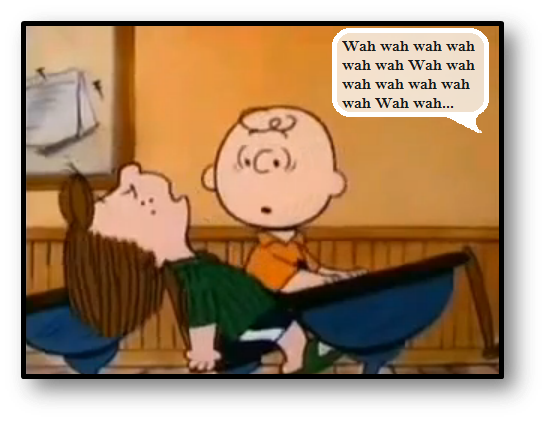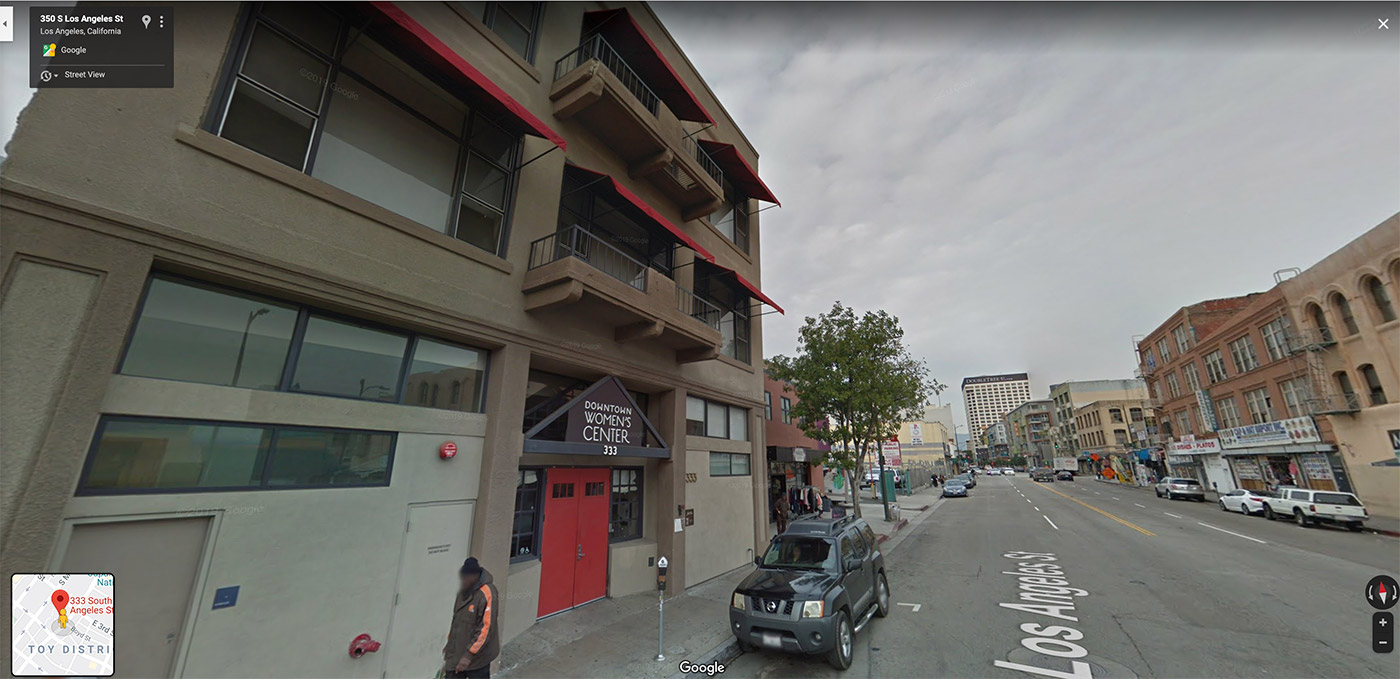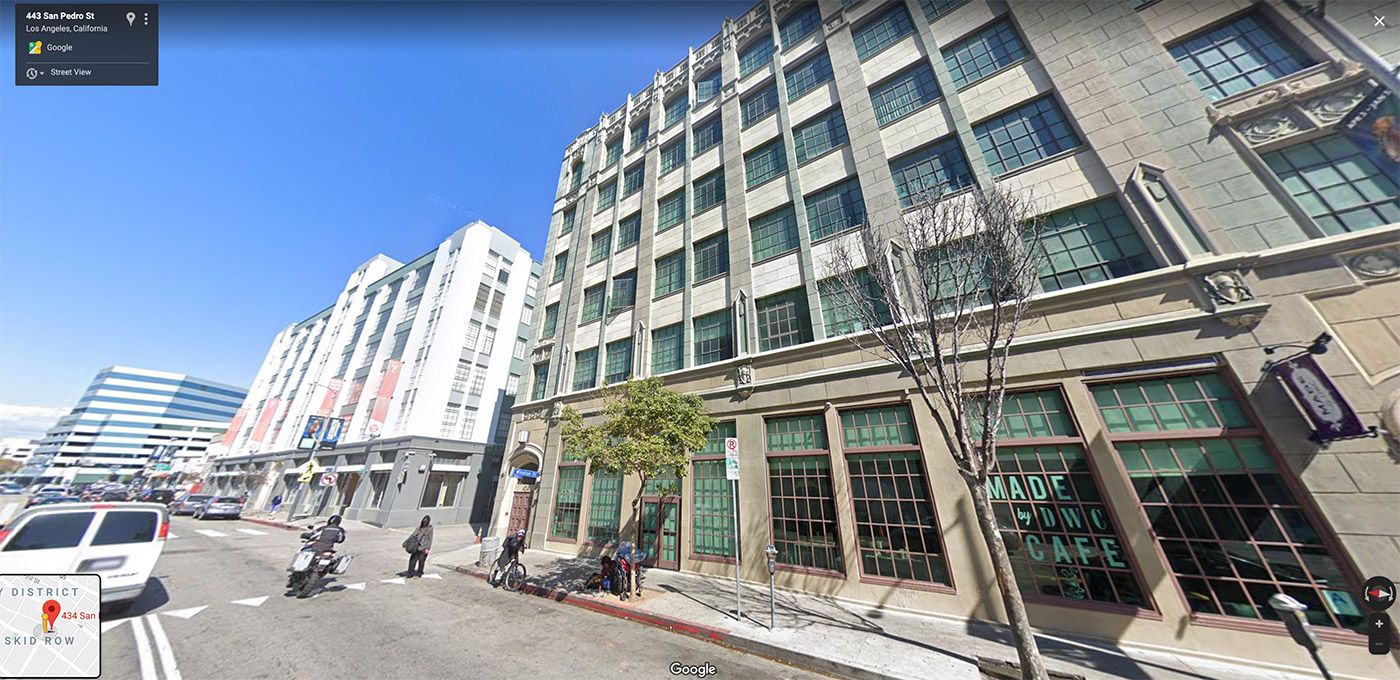Why LA Struggles to Build Housing for the Chronic Homeless
Happy Hanukkah, Merry Christmas and of course, Season’s Greetings! Since we’re all in such a festive mood, let’s chat about homelessness again!

And for those of you on the edge of your seat who just couldn’t wait to read my next post on the subject I want to say . . . thanks mom! :
As we’ve discussed previously, any time homelessness is the topic, we should immediately think about the three categories of homelessness: Situational, Episodic and the Chronic Homeless.
Situational (Temporary): An individual is considered to be experiencing situational homelessness when they are facing some sort of housing, health care, financial, or job loss crisis. When homeless services are provided, these individuals usually are able to locate and obtain another stable housing situation.
Episodic: An individual is considered to experiencing episodic homelessness when they are having recurrent problems with housing. Often these individuals have seasonal/minimum wage income or sporadic domestic situations that affect stable housing.
Chronic: Chronic homelessness, as summarized by the National Alliance to End Homelessness, is used to describe “people who have experienced homelessness for at least a year — or repeatedly — while struggling with a disabling condition such as a serious mental illness, substance use disorder, or physical disability.”
The chronically homeless represent about 15% of the total homeless population, consume 50% to 65% of public and private resources, and are largely reflective of those (70% men/30% women) who we see regularly living on the streets.
As with every Holiday Season you’re going to see stories about “homelessness” that tug at your heart strings. It will be nearly impossible not to react emotionally to the contrast of wealth and plenty at our dinner tables with the plight of those who live on the streets. Anger, angst and a sense of hopelessness may well up inside, but don’t give in. We know there are programs that have been successful in cities and communities across the nation. We know that cities like New Orleans, Houston and Rockford, Illinois have achieved functional zero when it comes to homeless veterans. We know about Housing First.
Housing First is Not Housing Only
As Housing First advocates are quick to point out, the program is not called, “Housing Only”. As the National Alliance to End Homelessness describes it,
Housing First is a philosophy that values flexibility, individualized supports, client choice, and autonomy. It never has been housing only, and it never should be.
Supportive services are part of the Housing First model. That might include formal support services, like a doctor, therapist, or social worker. It might involve informal supports, like connecting with family, friends, or faith groups.
But, in Housing First, these supports are not prescribed; people have the agency to select the supportive services they need and want, tailoring their supports to their own unique situation.
In the past we’ve seen tremendous success with the Housing First program with wide acceptance of its effectiveness on the local, state and national levels.
So, if you’re convinced – even just a little – about the efficacy of Housing First, a logical question might be, “If cities and communities across the country are having success with Housing First, why is LA’s chronic homelessness only getting worse?”
Excellent question.
Of all the things that the Housing First program requires for success, the number one requirement is . . . wait for it . . . housing!
How Los Angeles is Addressing the Need for Permanent Housing
With great fanfare nearly three years ago, Los Angeles County voters approved a $1.2 billion bond initiative to build 10,000 housing units for the chronic homeless over ten years. The cost of the housing was estimated between $350,000 and $414,000 per-unit.
Today, three years later, the average cost of a unit, according to Ron Galperin, the City Controller, is $531,000 and rising. By the end of this year only 117 units are projected to be online.
Juxtapose these facts against the reality on the streets where so far in 2019, 960 chronic homeless people have died in Los Angeles County. That’s three chronic homeless people dying a day on the street.
This doesn’t sound like the success of Housing First that I’ve described in other cities, does it?
Housing First Does Not Mean “New Housing First”
In New York and other successful Housing First cities, the programs began by leaning on existing apartment and SRO (Single Room Occupancy) housing stock to immediately shelter the chronic homeless. These subsidized units were paid for by the city often at above-market cost, frequently in lower-quality buildings, and usually in less desirable neighborhoods. But the existing privately-owned apartments had one very important thing going for them. They were immediately available.
Los Angeles County has largely interpreted Housing First as “let’s build new housing first.” A disproportionate share of LA’s efforts, as evidenced by the $1.2 billion bond initiative, is on building new shelters and apartments. The challenges are, of course, obvious. First, building new housing stock takes time as painfully evidenced by the fact that three years into the billion dollar plus program, only 117 apartments have been made available.
Second, it’s my opinion that construction projects managed by government agencies tend to (1) go over budget and (2) take way longer than expected to complete. There’s no ill will, bad intentions or a lack of commitment on the part of the hard-working people trying to make good things happen. There’s just a lack of expertise and experience.
Housing First Success Stories in Los Angeles
This is not to suggest that Los Angeles County is neither aware of, nor involved in Housing First programs. There are some shining examples of not-for-profit programs in the county that are succeeding with a Housing First approach.
One shining example is the Downtown Women’s Center campus in the Skid Row area of downtown LA. Founded in 1978 by an outreach worker, Jill Halverson, the DWC was the first permanent supportive housing provider for women in the US and is still the only health clinic exclusively for women in the Skid Row area.
The Downtown Women’s Center (DWC) began life as a place where homeless women in LA could find a hot meal, a shower, medical attention and most importantly, a safe environment to rest for a few hours. Through the tireless and, most importantly, program-driven work, the Downtown Women’s Center rehabbed and opened its first supportive housing for unaccompanied women in 1986. Today the DWC provides 119 units of permanent supportive housing with support services in two locations – with a 94% housing retention rate.
Please take a look at the Google Maps photos of the two DWC permanent housing locations at 434 S. San Pedro Street, and 333 S. Los Angeles Street in the heart of the Skid Row area of downtown LA. They’re simply beautiful, not for their newness or location, but for the hope, rehabilitation and redemption that they represent.


As the Downtown Women’s Center and a dozen other private, not-for-profits are demonstrating each day, Housing First programs are helping the chronic homeless in Los Angeles County. It’s just not happening on a scale that can turn the tide.
What is Needed to Bend the Chronic Homelessness Curve in Los Angeles.
There is one thing that all advocates for the chronic homeless can agree upon. Los Angeles needs thousands of beds in short-term shelters and thousands of units of permanent housing as fast as possible.
So, if we acknowledge that current efforts aren’t securing enough beds and apartments at nearly the rate required, what can government, not-for-profits and the private sector do to dramatically accelerate the availability of housing for the chronic homeless?
Stay tuned!